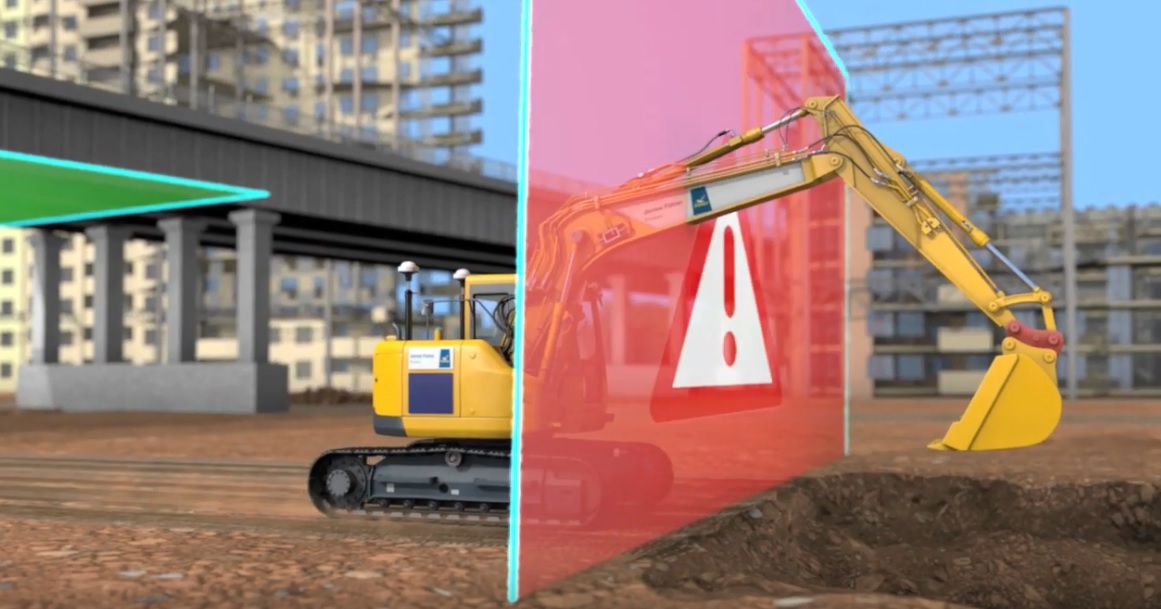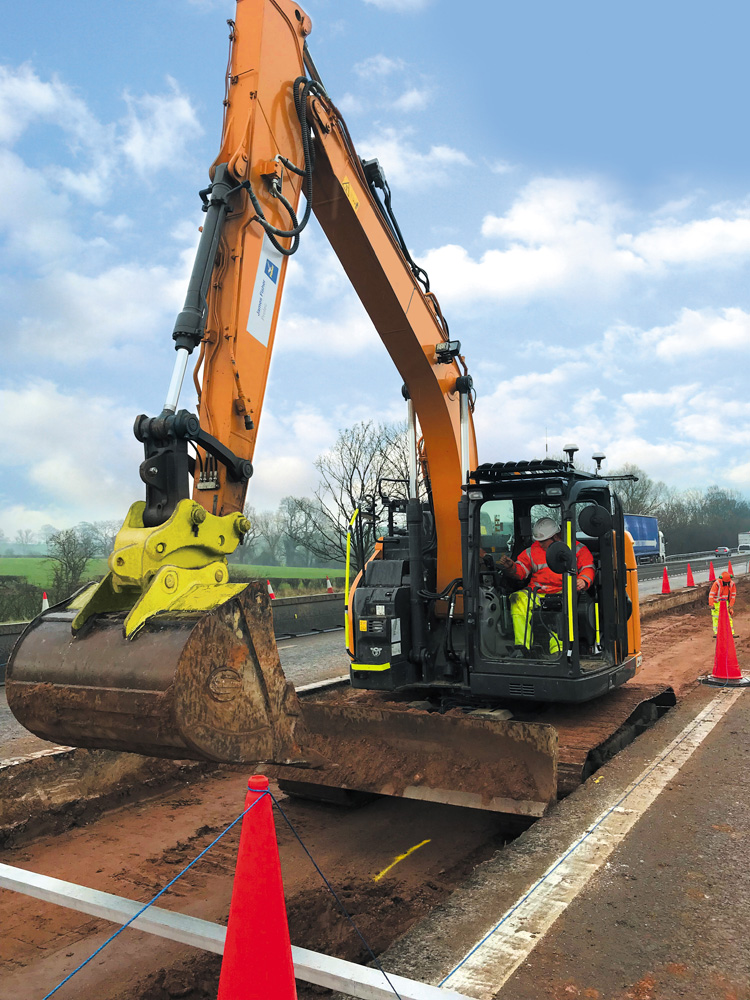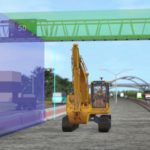A new suite of hazard mitigation tools from James Fisher Prolec promises to provide a site-wide solution to safety.
The rail industry is amongst the most heavily regulated in our economy – and with good reason. The pressure on contractors to work safely, but also quickly, brings its own unique challenges, and the consequence of failure could well be catastrophic. That’s why any technology that can facilitate both will be welcome, and why James Fisher Prolec’s latest PMX solution has already found favour with Network Rail, but it is a system that could equally be deployed in smart motorways, inner city projects and a host of other construction sites.
Traditionally, the approach to safety has been machine-centric, but in our data-driven future site wide solutions are emerging, and it is that approach that James Fisher Prolec is championing. At its heart PMX combines single machine-based safety systems and site-wide fleet control in order to improve not only safety but also productivity.

Currently available hazard mitigation systems will allow an operator to set slew restrictions, height, and reach to create a safe working envelope based on a machine’s position and geometry. Move the machine, however, and the co-ordinates have to be re-established. Where PMX stands apart is in the combination of the two well-established technologies of hazard mitigation and geolocation, which come together to prevent plant and equipment from striking pre-defined hazards.
Virtual walls and ceilings are quickly and easily set-up by site managers, allowing operators to move safely within pre-defined work zones. Hazard maps only need to be established once and can deployed to any PMX-enhanced excavator to provide consistent, site-wide safety limits without the need for operators to repeatedly re-enter hazard locations. As a result, it minimises operator input, accelerates set-up time and limits repositioning time, offering benefits in site safety, productivity and cost reduction.
PMX is the first system of its kind to receive accreditation from Network Rail for Any Line Open (ALO) projects. It was demonstrated on central reservations of the M1 and M6 All Lanes Running (ALR) smart motorway projects and has since been nominated for a Highways England Blue Star Innovation Award.
A site can be mapped using existing techniques or PMX mapping tools. R2S, for instance, is an intelligent information hub that digitises the construction site during project planning phases. Aggregating mapped elements and tagging hazards, obstructions, site infrastructure and other safety-critical data (such as buried services and topography), insight is collated into a single, powerful platform.

Used in conjunction with PMX, the solution can set safe working zones, demonstrate progress to remote teams and provide pin-point location accuracy of hazards and obstructions on site. Post construction phase, R2S can be integrated with other technologies, such as bridge monitoring solutions, to ensure asset integrity is effectively monitored.
The investment in new products from the safety experts at James Fisher Prolec doesn’t end there, however, because the same company has also introduced TrackPilot, a system which is specifically designed for excavator rail-road vehicles (RRVs). According to its developers, TrackPilot can achieve ten times faster processing and functionality speeds than any other solution on the market, meeting both UK and EU compliance standards (IEC61508, SIL2, RIS1530 Issue 6 and EN15746).
Designed from the ground up, the TrackPilot ECU is mounted directly in the engine bay, protecting it from damage or theft. Coupled with this, its on-board diagnostics (OBD) maintains necessary protection for all input sensors and output actuators. One of the things that James Fisher Prolec has worked hard to avoid is cognitive overload for the operator. As a result, a minimalistic graphical user interface has been developed for ease of use, with only information relevant to the job at hand displayed.
These technologies represent ambitious aims for future site safety from James Fisher Prolec. Indeed, it is the manufacturer’s avowed aim to bring together the likes of artificial intelligence (AI), augmented reality, IoT logistics, real-time big data and connected equipment, in creating the fully-connected, digitalised construction site of tomorrow.










